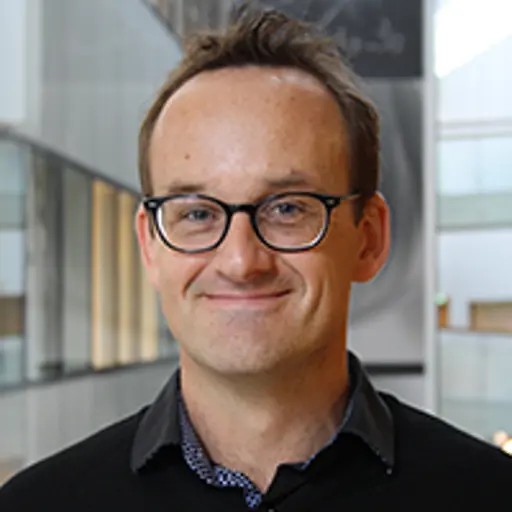Overview
- Date:Starts 1 October 2024, 14:30Ends 1 October 2024, 17:00
- Location:C511/hbar, MC2
- Language:English
Program:
Critical Parametric Quantum Sensing with a Superconducting Circuit
Sorin Paraoanu
Department of Applied Physics, Aalto University, Finland
Josephson parametric amplifiers are nowadays widespread devices in nanoelectronics research. When pumped at a frequency close to double the natural resonance frequency, the device enters various stability regimes, including an oscillatory state that can be observed experimentally. We map the phase diagram, identifying the first and second order transitions and the critical point. We then show that the transition into the oscillatory state can be used for single-photon detection in the microwave frequency range, providing a full characterization in terms of ROC, efficiency, dark count rate, and NEP. The detector also provides partial information about statistics, allowing us to map the Poissonian distribution of an incoming coherent field. We also provide a further test of this distribution by employing a binomial distribution of the measurement results.
Passive Radar techniques and advanced applications
Fabiola Colone
DIET Dept., Sapienza University of Rome, Italy
By exploiting illuminators of opportunity typically selected among the available radio transmitters for broadcast services or networking, passive radar offers a number of advantages over conventional active radar systems, among which low environmental impact and covert operation. Basically, a passive radar can be regarded as an “invisible” system catching extremely weak signals (target echoes) that are usually “invisible” to the ordinary users of the employed transmitter.
This is made possible by the use of receivers with wide dynamic range and by the application of appropriate signal processing techniques to tackle the invisibility of such weak target echoes against typical undesired signal contributions, above all the direct signal breakthrough and multipath.
Passive radar has rapidly reached a point of maturity in many surveillance applications, with much of the research rooted in air traffic control systems.
However, in the last years, many advanced solutions and emerging applications have been also proposed; both are aiming to increase the reliability of systems, to improve their potentialities, and hence widen the range of uses.
This talk addresses both consolidated techniques and recent developments in the field of passive radar in various application scenarios, which span from air traffic control, including surveillance against UAV, maritime surveillance, vehicular traffic monitoring, up to indoor surveillance. In addition to the theoretical aspects, the talk provides examples from real‐world implementations of passive radar. Walking through these results gives the chance to describe in more detail some technical aspects related to system design issues and signal processing techniques as well as to understand the current limitations and future perspectives
of passive radar sensing.
Demonstration of a quantum advantage in radar
Benjamin Huard
Laboratoire de Physique, École Normale Supérieure de Lyon, France
A central goal of any quantum technology consists in demonstrating an advantage in their performance compared to the best possible classical implementation.
A quantum radar improves the detection of a target placed in a noisy environment by exploiting quantum correlations between two modes, probe and idler.
The predicted quantum enhancement is not only less sensitive to loss than most quantum metrological applications, but it is also supposed to improve with additional noise. Here we demonstrate a superconducting circuit implementing a microwave quantum radar that can provide more than 20% better performance than any possible classical radar. The scheme involves joint measurement of entangled probe and idler microwave photon states after the probe has been reflected from the target and mixed with thermal noise. By storing the idler state in a resonator, we mitigate the detrimental impact of idler loss on the quantum advantage. Measuring the quantum advantage over a wide range of parameters, we find that the purity of the initial probe-idler entangled state is the main limiting factor.
“Non-standard” quantum measurements and how to realise them
Erika Andersson
Institute of Photonics and Quantum Sciences, Heriot-Watt University, United Kingdom
Often we think of a quantum measurement as a projection in some basis, such as the eigenbasis of an observable we are measuring. There is however considerably more freedom in how to design a quantum measurement so that it is optimal for the task at hand. In addition, realisations of quantum measurements are usually not perfect projective measurements. We will review the notion of a generalised quantum measurement, and as an example of an experimental realisation, discuss how the so-called tetrad measurement can be realised on an NV centre. The tetrad measurement is a measurement of a qubit, but with four outcomes. It can be sequentially realised in two steps, with two outcomes in each step
